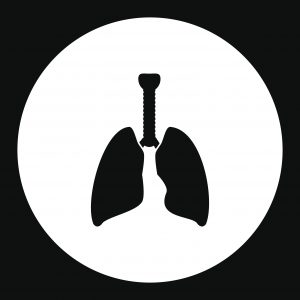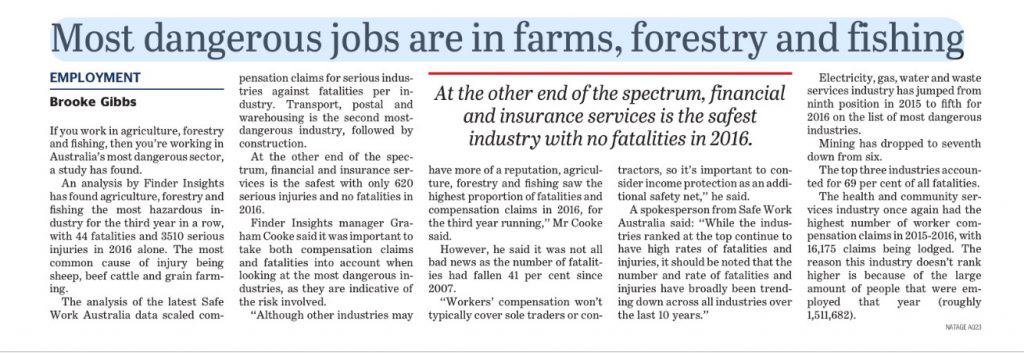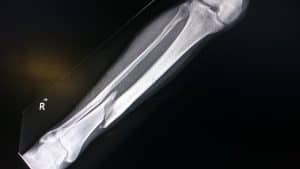 There seems to be a growing community frustration with regulators who hesitate to prosecute about breaches of laws, including occupational health and safety (OHS) laws, and about options that sound reasonable, like Enforceable Undertakings, but still let businesses “off the hook”. The calls for Industrial Manslaughter laws are the most obvious manifestations of the anger and frustration from perceived injustices.
There seems to be a growing community frustration with regulators who hesitate to prosecute about breaches of laws, including occupational health and safety (OHS) laws, and about options that sound reasonable, like Enforceable Undertakings, but still let businesses “off the hook”. The calls for Industrial Manslaughter laws are the most obvious manifestations of the anger and frustration from perceived injustices.
But perhaps there was another way to achieve change in workplace safety, a way that could be based on a model that Australia and other countries already have.





 On November 9 2017, the Australian Institute of Health and Welfare (AIHW) released statistical data on work-related injury. This data included statistics from workers compensation but also statistics about hospitalised injuries that were identified as work-related but funded by sources other than workers’ compensation. The report also provides a different perspective on mental health.
On November 9 2017, the Australian Institute of Health and Welfare (AIHW) released statistical data on work-related injury. This data included statistics from workers compensation but also statistics about hospitalised injuries that were identified as work-related but funded by sources other than workers’ compensation. The report also provides a different perspective on mental health.